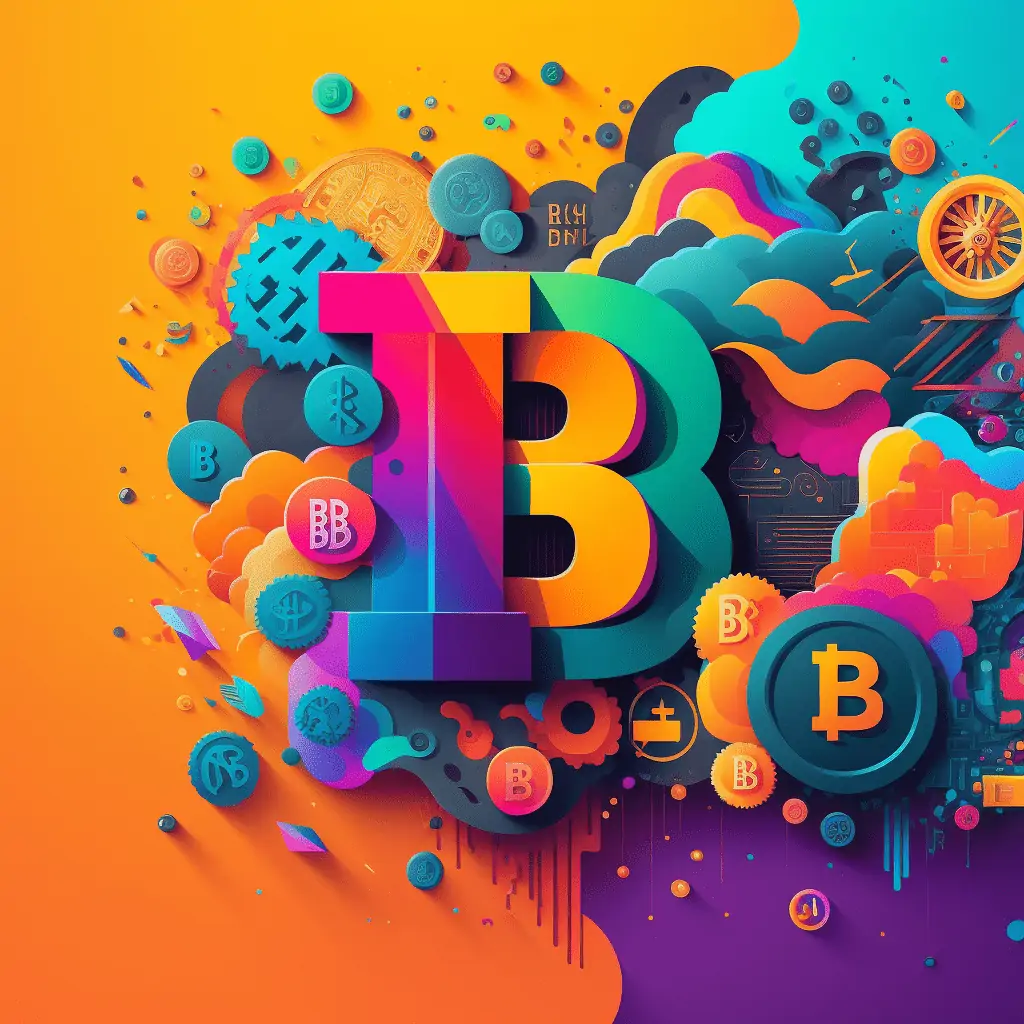Our Top Picks
Get the lowest fees, best experience, no KYC

TAPSIGNER Review 2024: Pros, Cons And How It Compares
The TAPSIGNER is one of the cheapest and simplest Bitcoin hardware wallets out there. Paired with fantastic security it’s great for your real wallet!

Keystone 3 Pro Review 2024: Pros, Cons And How It Compares
The Keystone 3 Pro is a power house of a hardware wallet. Scoring top marks in security and privacy it’s about as easy and safe as it gets
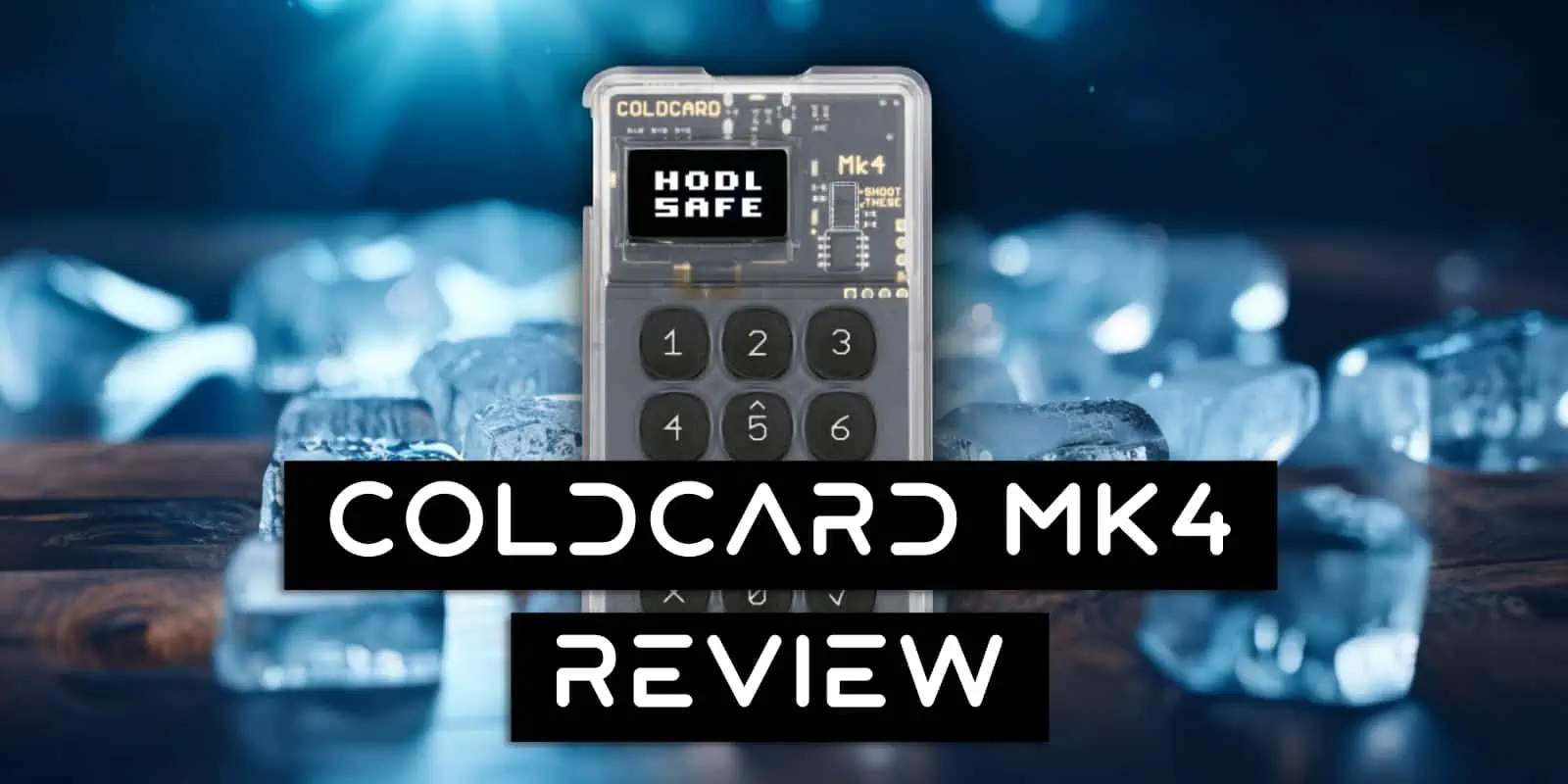
COLDCARD Mk4 Review 2024: Pros, Cons and How It Compares
Meet the COLDCARD Mk4, one of our top Bitcoin only hardware wallets that has more security features than any other one we’ve tested!
Buying A Crypto Wallet?
Get the best devices to keep your funds safe
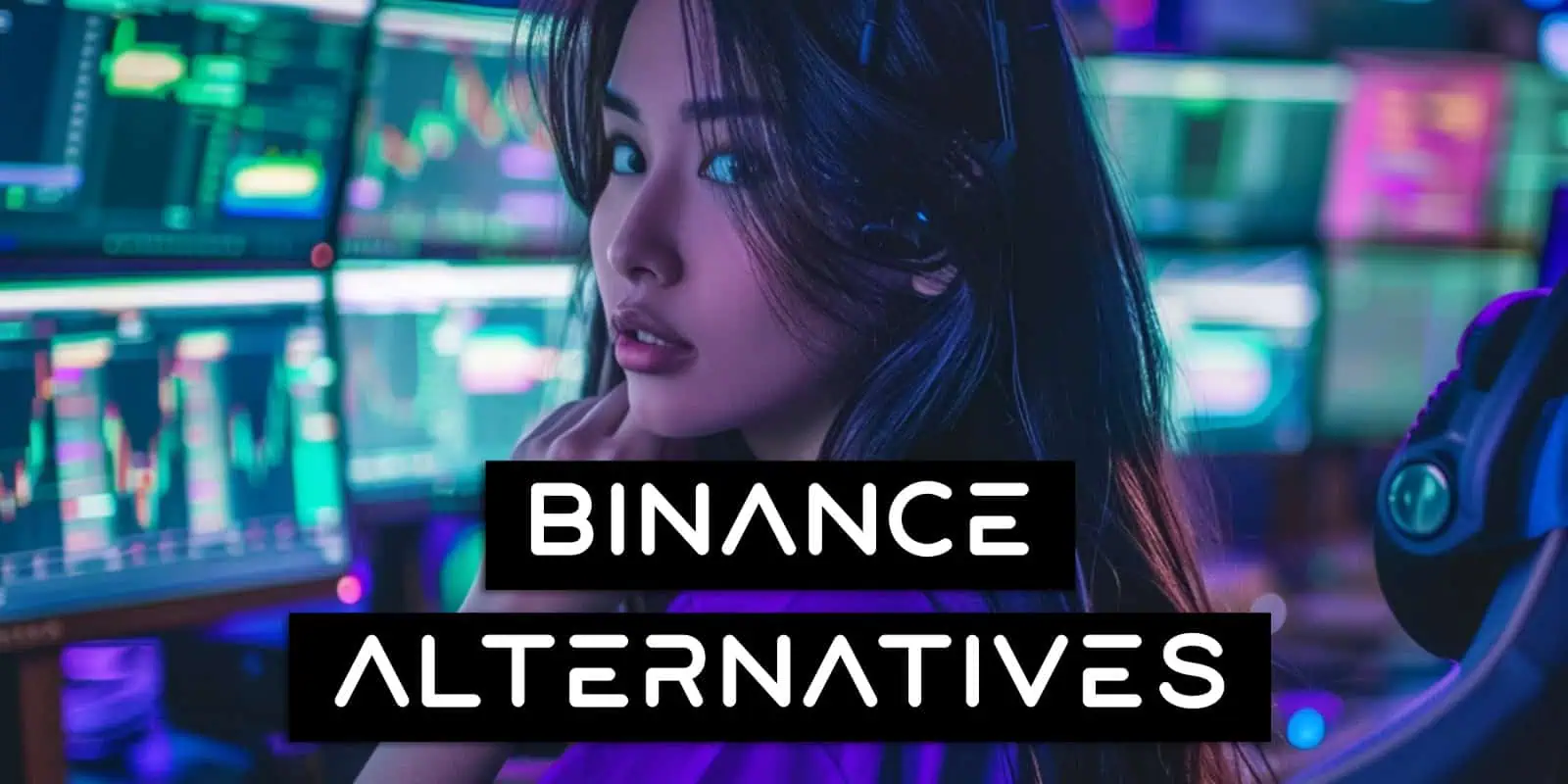
Best Binance Alternatives: Discover Your Best Trading Options (2024)
Binance Be Gone! Discover the top Binance alternatives for 2024 – safer, cheaper & more user-friendly!
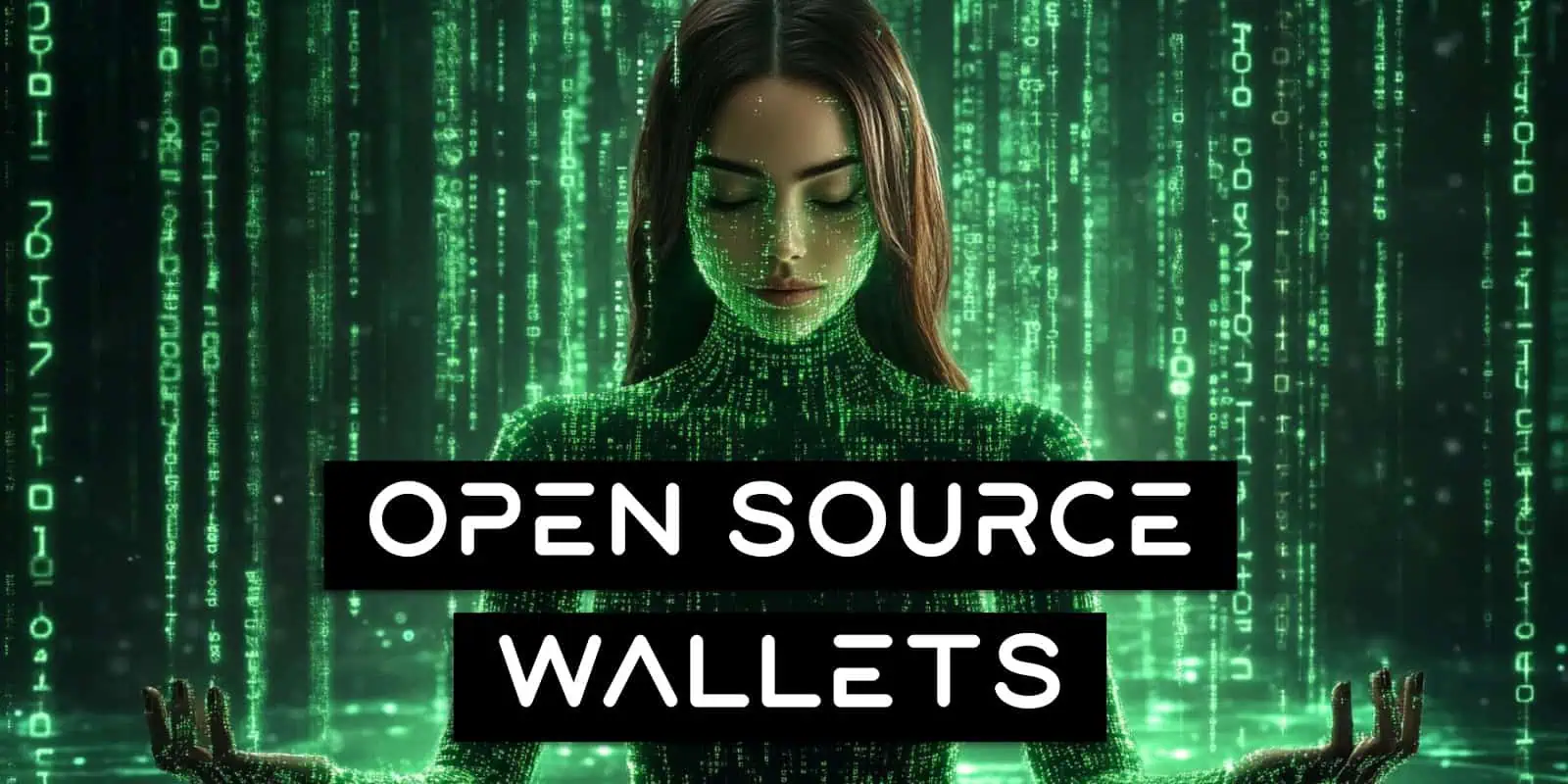
Top Open Source Crypto Wallets For Secure and Transparent Transactions (2024)
Discover the best open source crypto wallets for safe, secure and fully auditable seed phrase generation, storage and transactions
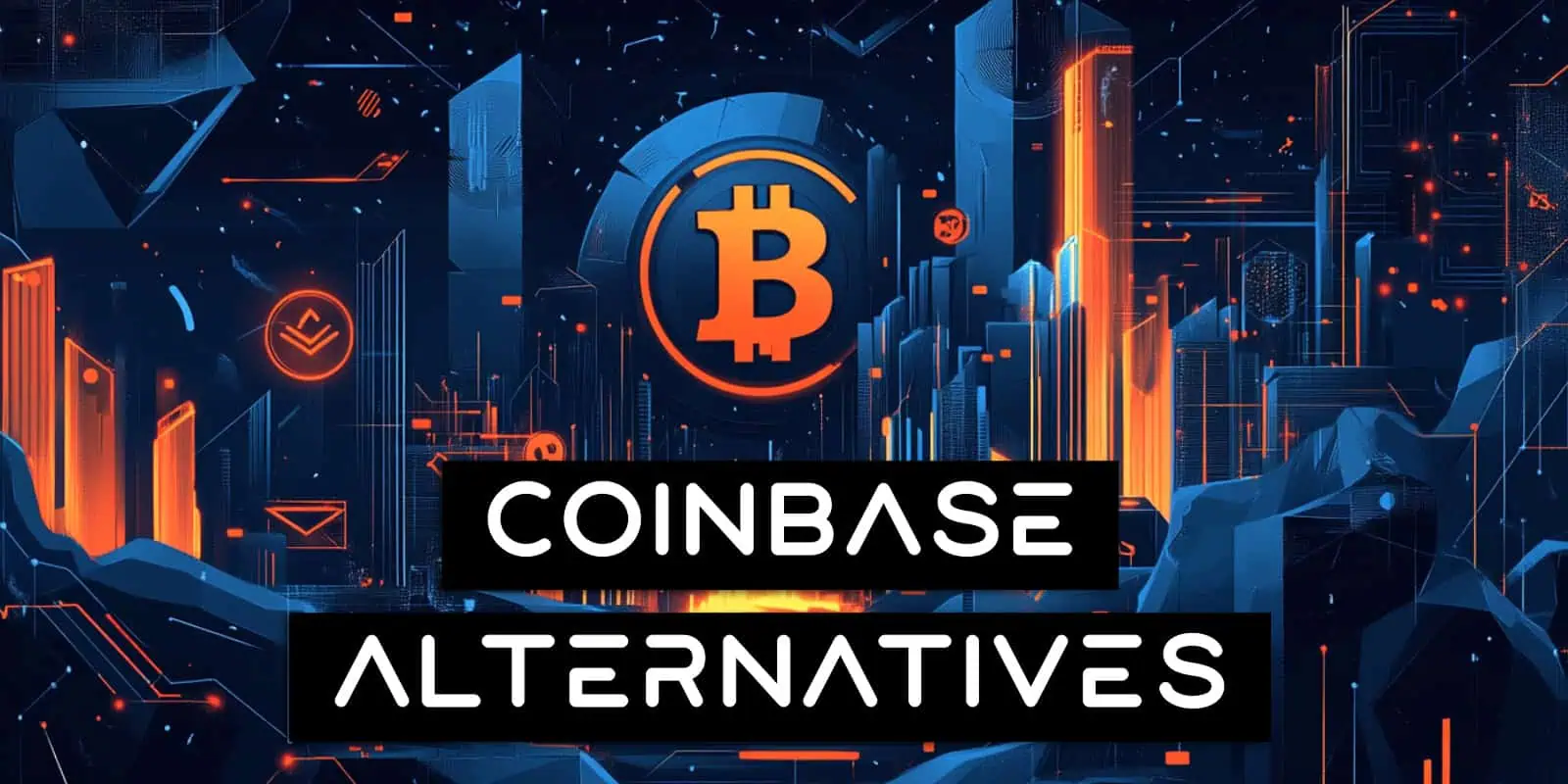
Coinbase Alternative Platforms: Get Better Security, Privacy & Lower Fees (2024)
Ditch the drama, ditch the fees. Get our best Coinbase alternatives for a smarter, cheaper more private and secure crypto trading experience

Market Cap Calculator: How To Calculate Cryptocurrency Market Cap (2025)
Get the best Market Cap Calculator tool specifically built for cryptocurrencies that also teaches you what to watch out for and why
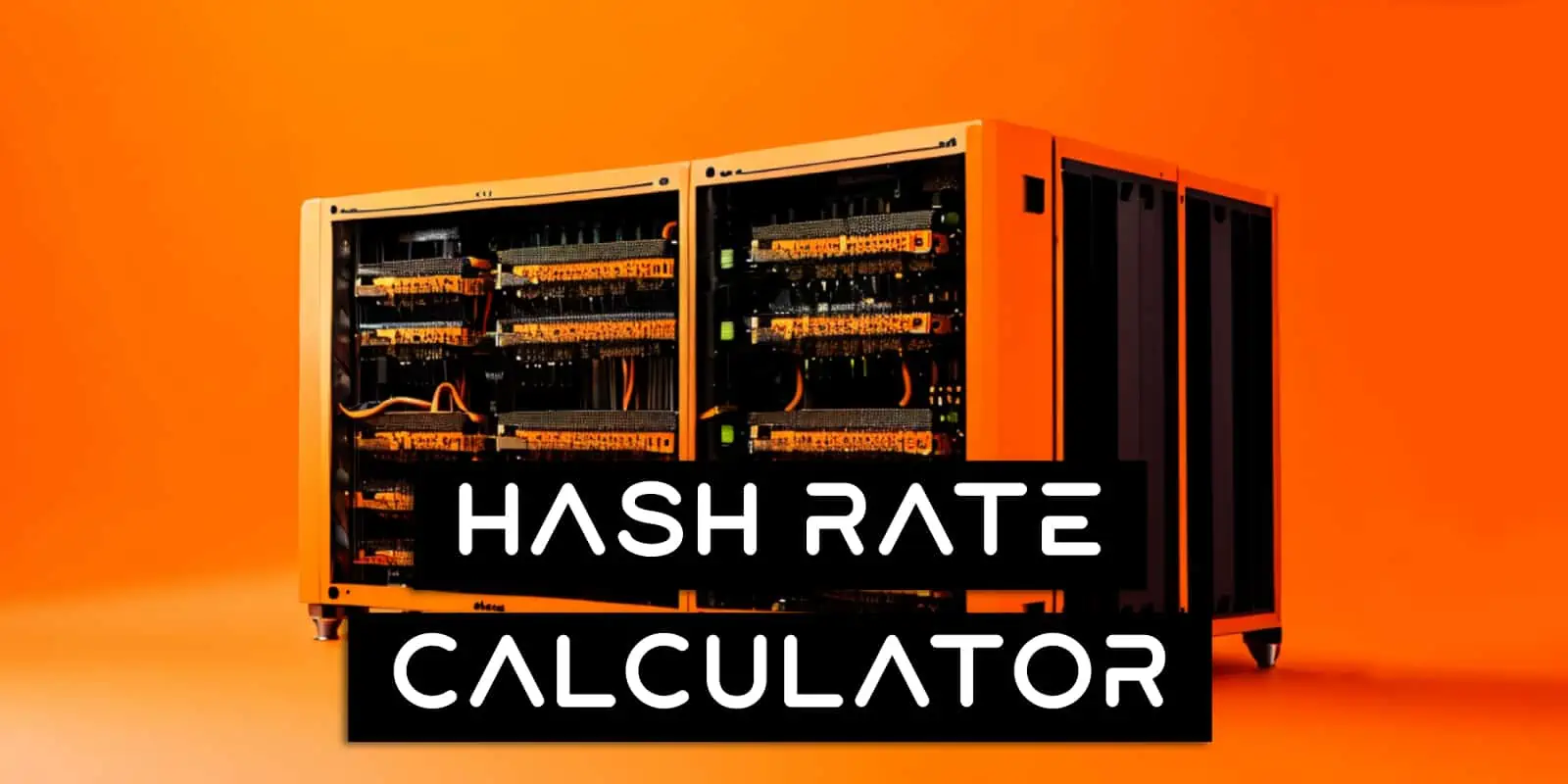
Hash Rate Calculator: Convert Hash to kH/s to MH/s to GH/s to TH/s to PH/s to EH/s to ZH/s (2025)
Use our handy Hash Rate Calculator tool to convert and compare different hashrates and get a true size of how powerful the Bitcoin network is

Bitcoin Calculator: Easily Convert Bitcoin (BTC) To US Dollar (USD) & More! (2025)
Convert Bitcoin into dozens of other fiat currencies with our Bitcoin Calculator tool. Also get conversion tables and recommended exchanges to buy
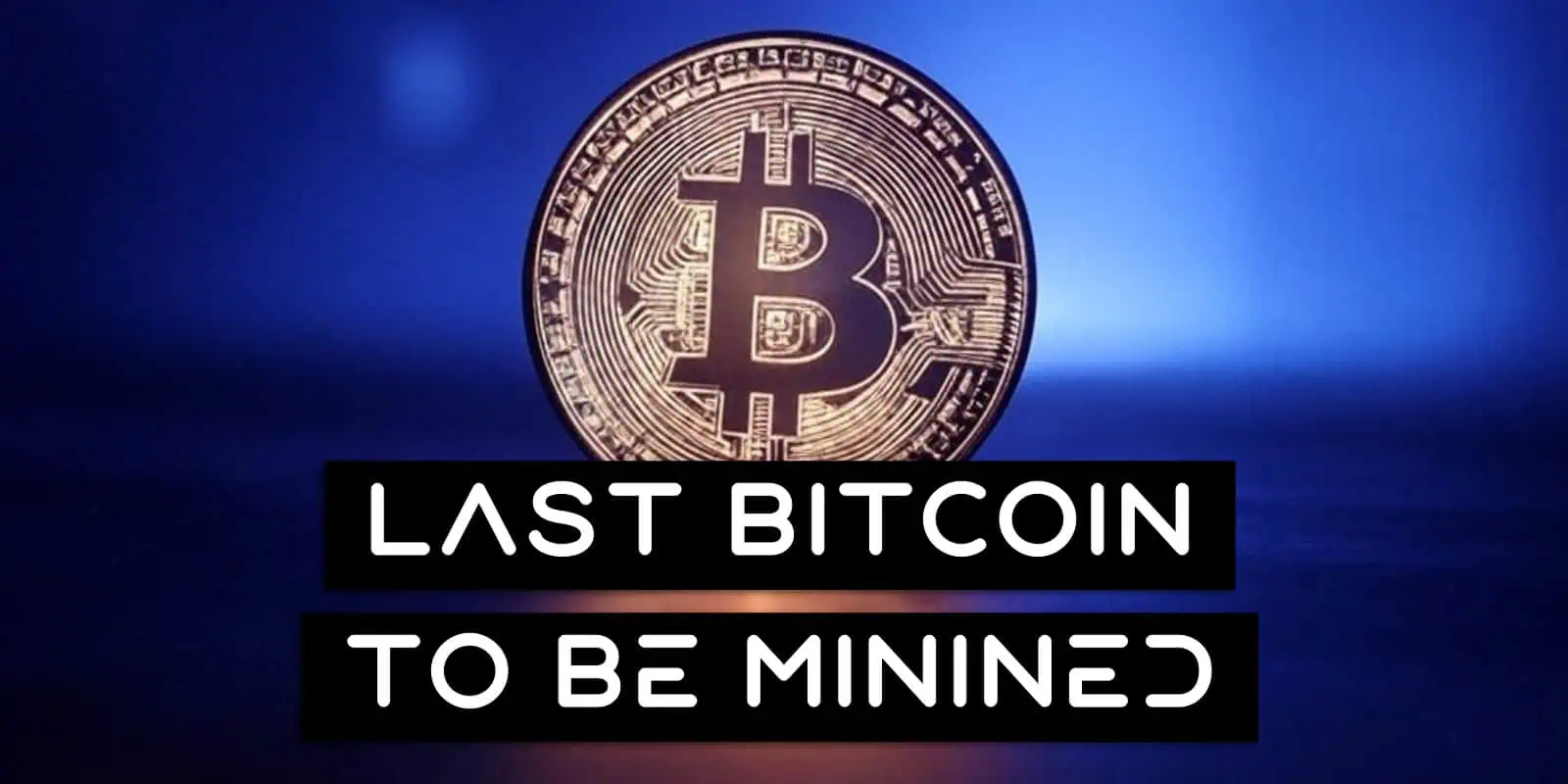
When Will The Last Bitcoin Be Mined? Understanding The Final Countdown (2025)
Discover when the last Bitcoin will be mined, what it means for the future of Bitcoin and what will happen to investors and miners after

Should I Buy Bitcoin? The Harsh Realities Of Investing In Bitcoin (2025)
Considering investing in Bitcoin? Find out what things make it great, as well as what things you’ll should be keeping a serious eye on
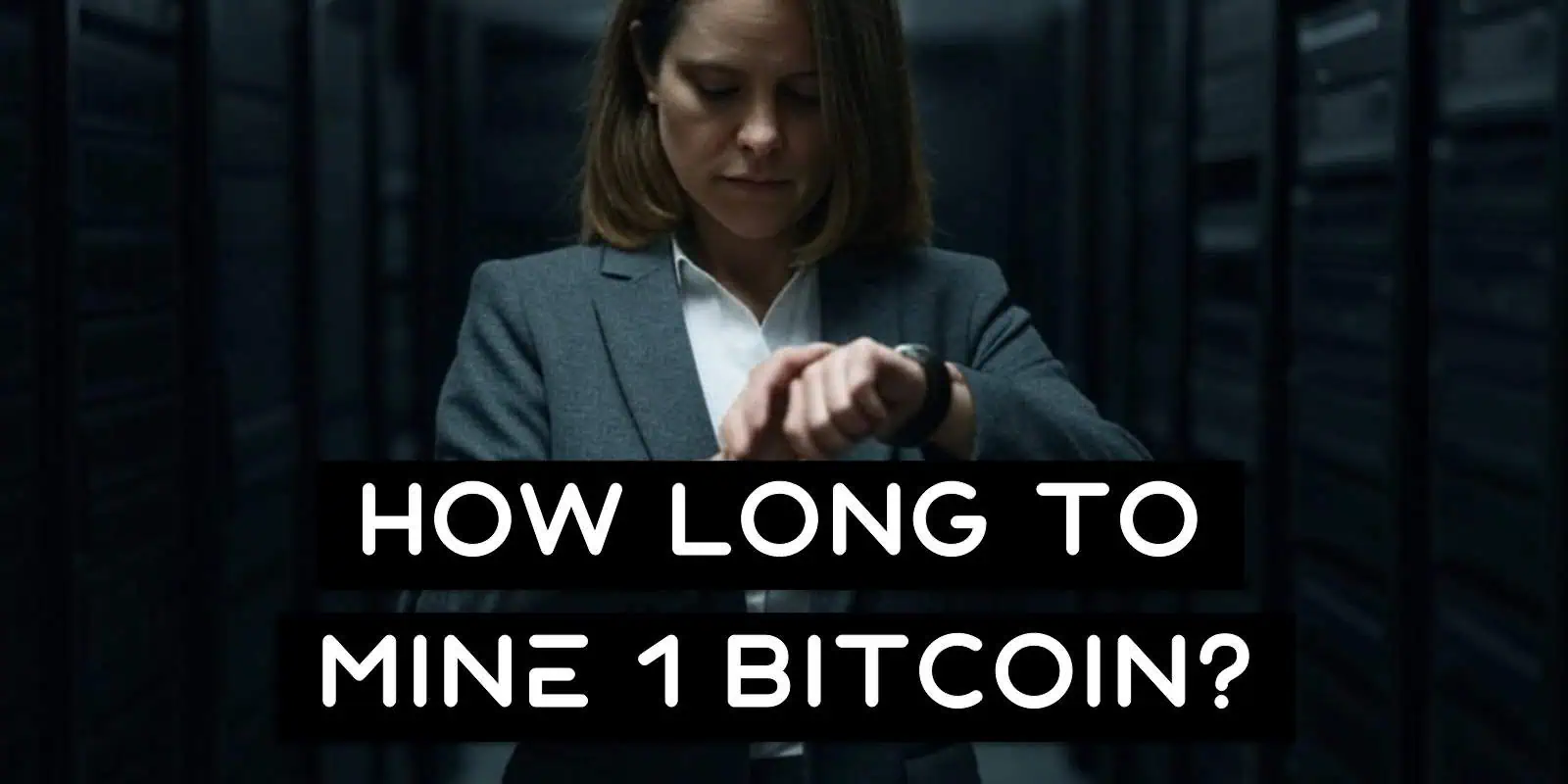
How Long Does It Take to Mine 1 Bitcoin? (2025)
How long does it take to mine 1 Bitcoin? It’s complicated. But we have the simple answers! So get informed and optimize your mining strategy now!
Our Mission
Bitcoin is a network open to the entire world with readers coming to us from all walks of life. Some are beginners learning about cryptocurrencies for the first time, while others are experienced investors, financial advisers or long term holders looking for the best way to secure their funds and improve their knowledge. No matter what your level, we’re here to help simplify Bitcoin decisions and information.
Featured On










When Will The Last Bitcoin Be Mined? Understanding The Final Countdown (2025)
Discover when the last Bitcoin will be mined, what it means for the future of Bitcoin and what will happen to investors and miners after

Yield Farming: A Comprehensive Guide On Why Not To Do It (2025)
Yield Farming is a recipe for disaster! Learn the many ways it will likely leave you high and dry and what you should do instead with your bitcoin

Is Bitcoin Mining Profitable? The Real ROI in Today’s Bitcoin Mining World (2025)
Is Bitcoin Mining Profitable in 2025? We go through the current trends, costs, expenses and potential returns you might get depending on your setup

Should I Buy Bitcoin? The Harsh Realities Of Investing In Bitcoin (2025)
Considering investing in Bitcoin? Find out what things make it great, as well as what things you’ll should be keeping a serious eye on

How Long Does It Take to Mine 1 Bitcoin? (2025)
How long does it take to mine 1 Bitcoin? It’s complicated. But we have the simple answers! So get informed and optimize your mining strategy now!

Who Owns The Most Bitcoins? Unveiling The Billionaire Bitcoin Titans in 2025
Discover who the major players are and who owns the most Bitcoin. From governments all the way down to unknown individuals, it’s not what you might think

Bitcoin ATMs: What They Are, Where They Are & How To Use Them (2025)
Find the best Bitcoin ATMs near you and learn how to use them effectively. Discover locations and tips to make your transactions easy, cheaper and safe

Average Cost Calculator: Calculate Your Crypto, Stocks & Forex Holdings (2025)
Our quick and simple Average Cost Calculator tool will help you calculate the average price for any group of investments you’ve purchased!

